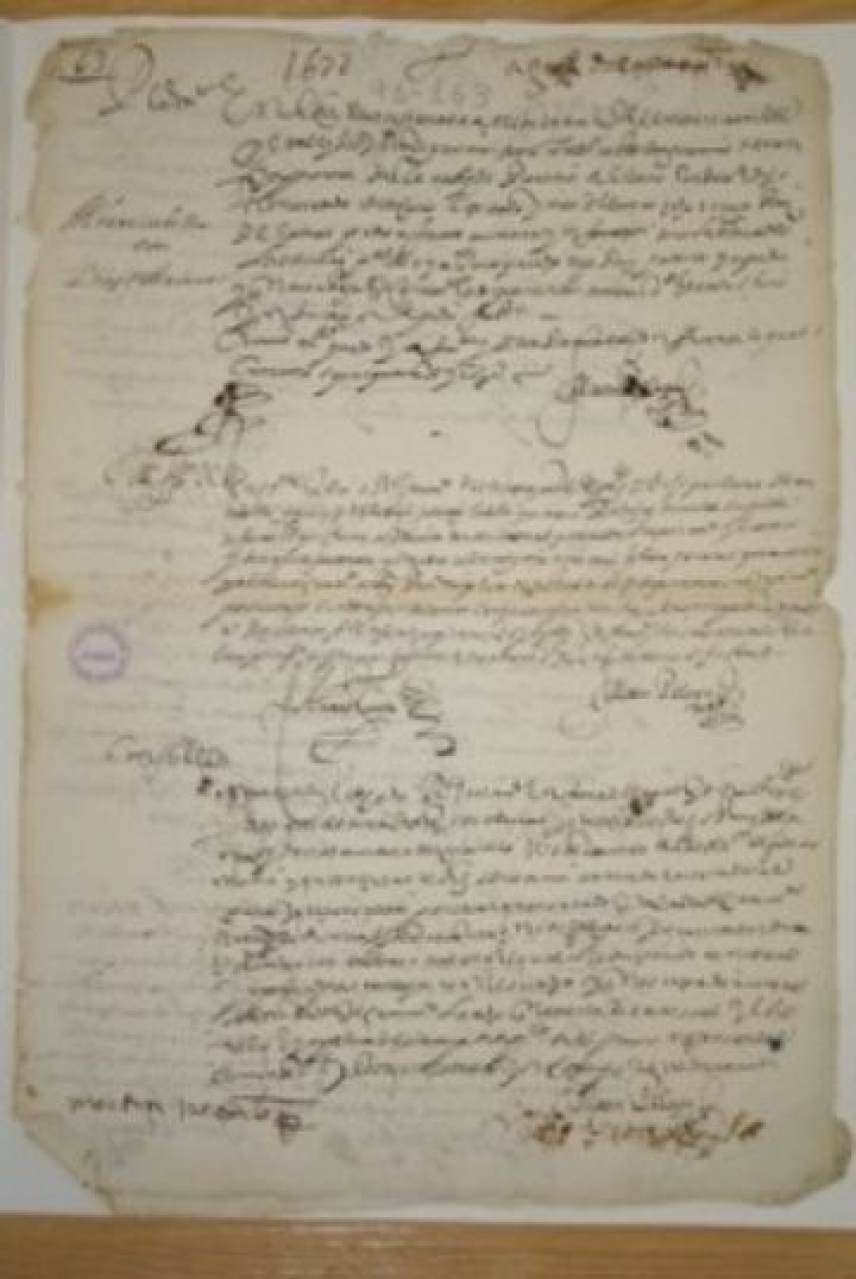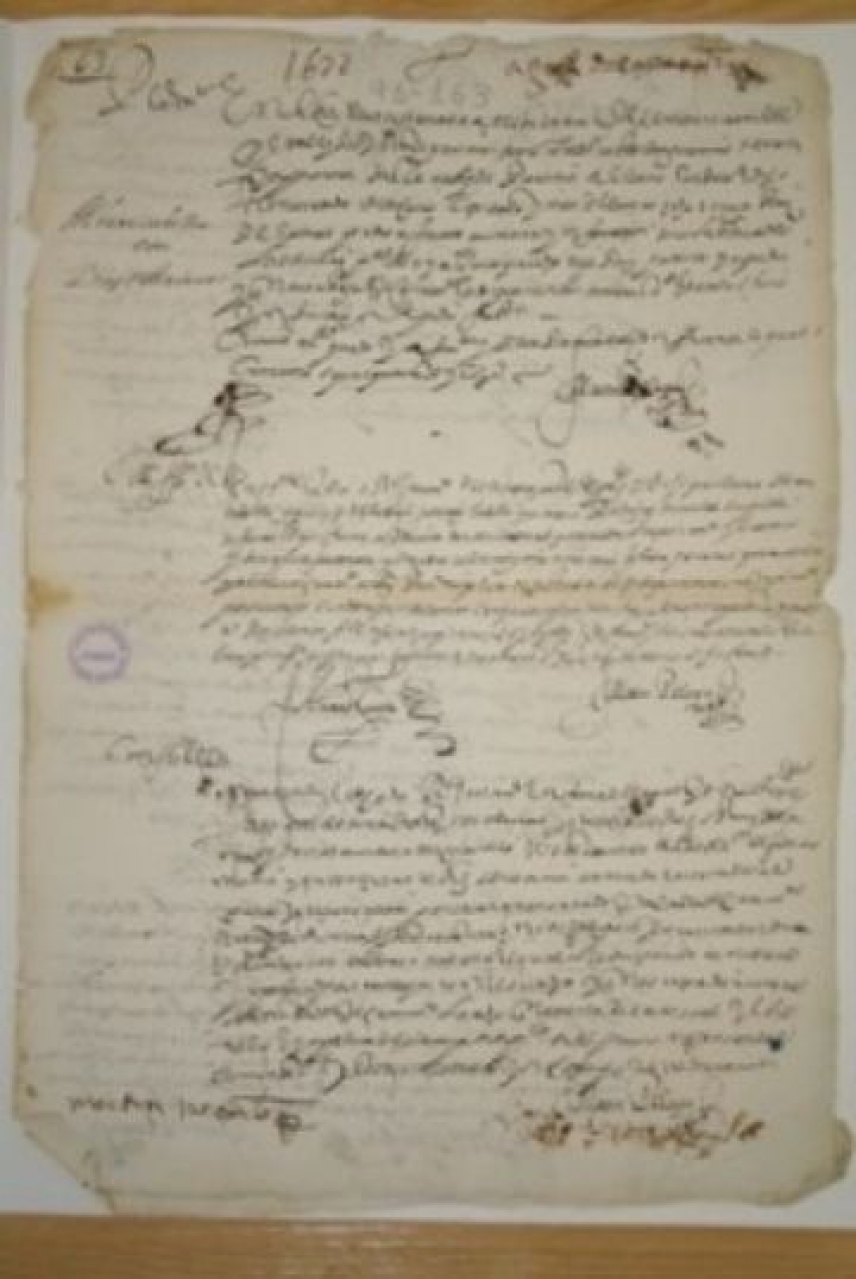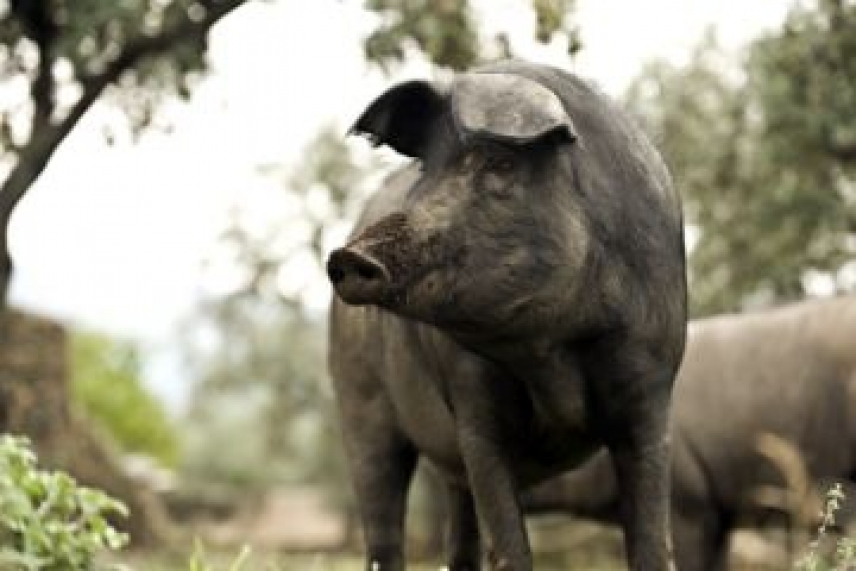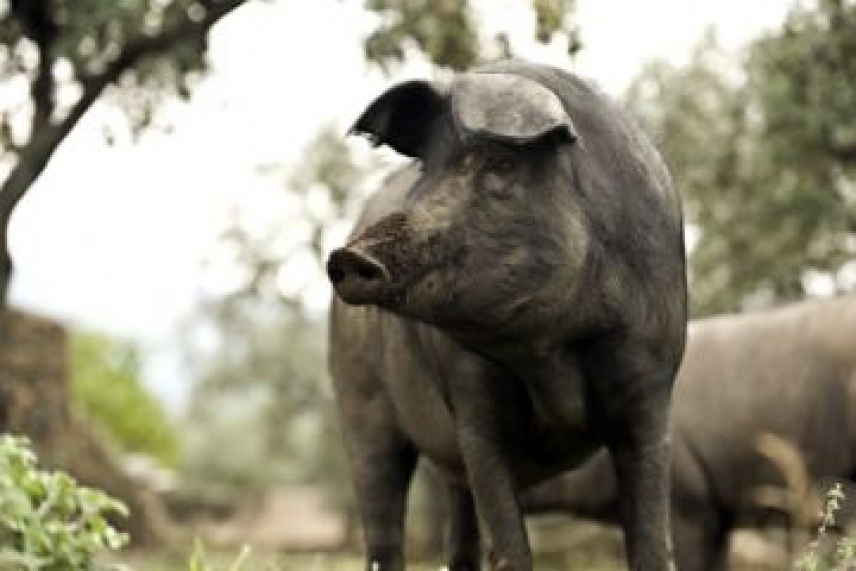
COMET-LA Project selected to debate the future of Europe as global actor
G.C. - E.L
Researcher at the University of Córdoba and ceiA3, Maria del Mar Delgado, will be presenting in Brussels experienced gained in participatory and upward management of natural resources within COMET-LA project
Prueban el origen morisco de Álvaro Cubillo de Aragón, dramaturgo del Siglo de Oro
G.C. - E.L
Una investigación saca a la luz documentos inéditos que prueban la permanencia en España del autor granadino y su parentela tras la expulsión decretada en 1609 por Felipe III
Research proves Moorish origin of Golden Century playwright Alvaro Cubillo de Aragón
G.C.-E.L.
Research work brings to light unpublished documents proving that Granada author and his relatives stayed in Spain after the 1609 expulsion decreed by Philip III
Desarrollan materiales de restauración que conservan limpias las fachadas de edificios patrimoniale
G.C. - E.L
Expertos del Grupo de Investigación Química Inorgánica de la Universidad de Córdoba desarrollan nuevos materiales de construcción destinados a la restauración de edificios históricos, como productos para las fachadas que cuentan con la capacidad de ‘autolimpiarse’.
Desarrollan materiales de restauración que conservan limpias las fachadas de edificios patrimoniale
G.C. - E.L
Expertos del Grupo de Investigación Química Inorgánica de la Universidad de Córdoba desarrollan nuevos materiales de construcción destinados a la restauración de edificios históricos, como productos para las fachadas que cuentan con la capacidad de ‘autolimpiarse’.
New restoration materials to preserve heritage building facades
G.C.-E-L.
Experts from the Inorganic Chemistry Research Group of the University of Córdoba are developing new building materials for restoration of historic buildings, such as products for facades with a 'self-cleaning' ability. To prepare these materials, experts have used components obtained from industrial waste recycling, recovering their value and preventing storage in landfills and other associated environmental impact.
New restoration materials to preserve heritage building facades
G.C.-E-L.
Experts from the Inorganic Chemistry Research Group of the University of Córdoba are developing new building materials for restoration of historic buildings, such as products for facades with a 'self-cleaning' ability. To prepare these materials, experts have used components obtained from industrial waste recycling, recovering their value and preventing storage in landfills and other associated environmental impact.
Desarrollan un sensor que permite analizar en tiempo real la autenticidad del cerdo ibérico
Investigadores de la Escuela Técnica Superior de Ingeniería Agronómica y de Montes de la Universidad de Córdoba han desarrollado diversas aplicaciones para detectar en tiempo real la calidad y autenticidad de productos agroalimentarios en sectores como el del cerdo ibérico y el de las frutas y hortalizas.
Desarrollan un sensor que permite analizar en tiempo real la autenticidad del cerdo ibérico
A sensor to analyze Iberian pig authenticity in real time
G.C.-E.L.
Researchers from the School of Agricultural and Forestry Engineering (ETSIAM) at the University of Córdoba have developed several applications for real time determination of food profuct quality and authenticity in sectors such as Iberian pork and fruit and vegetables. For this, experts used portable spectral sensors based on NIRS technology, which is based on a relationship between spectral measurements and physical and chemical parameters in food and allows instant, nondestructive analysis of different product samples, such as loin, ham, plums, asparagus or orange.





